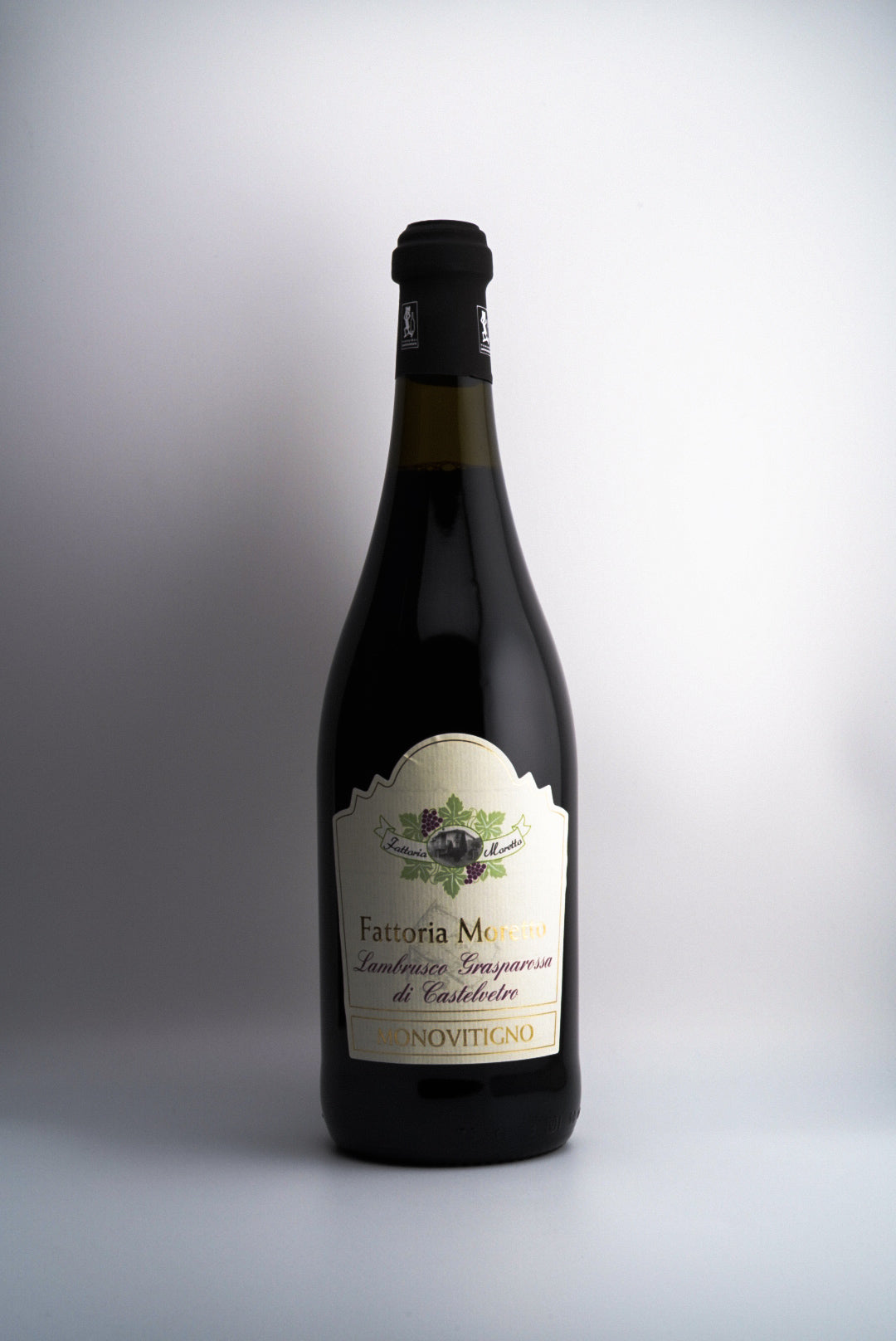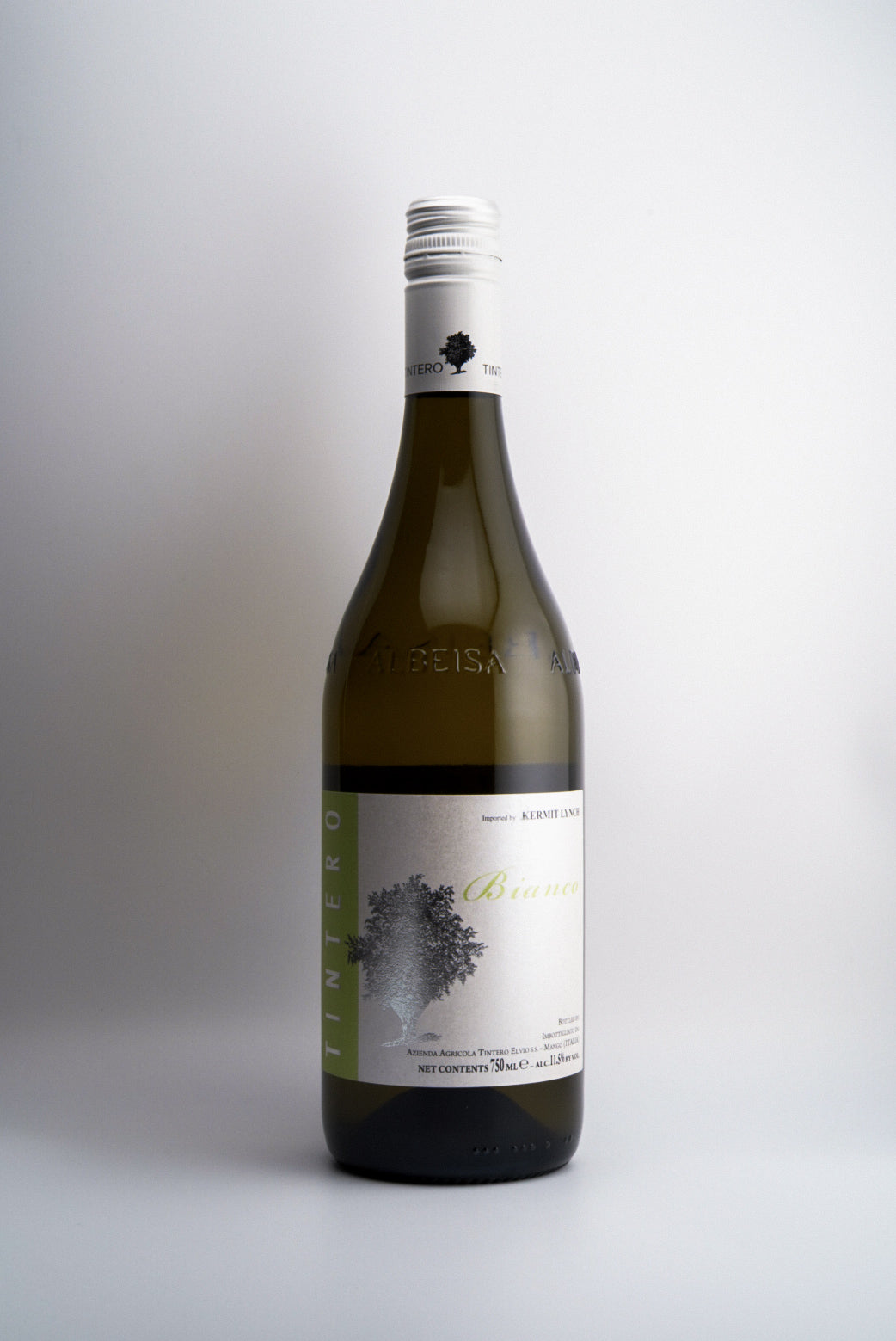The Lost Art of the Wine Cellar
The Lost Art of the Wine Cellar
In an era where instant gratification reigns supreme, the art of wine cellaring has become a fading tradition. The idea of patiently waiting for a wine to reach its full potential, allowing time to work its magic, seems almost quaint in today's fast-paced world. However, cellaring doesn't necessarily mean buying wine that isn't ready to drink yet and waiting years until it is palatable. There's another way to approach wine cellaring, and we are here to tell you about it.
In the olden days, wine was a living, evolving entity, and proper cellaring was crucial to ensure its longevity and quality. In an age before modern winemaking techniques and stable bottled wines, cellars provided the ideal conditions for wines to develop and mature gracefully. The cool, humid environments of underground cellars allowed wines to age slowly, softening tannins, developing complex flavors, and reaching their full expression. Additionally, winemakers quite literally didn't have the tools or resources to make a lot of wine that was approachable and ready to drink right upon release — really, the only technology they had for this was father time.
Cellaring wine was not just a practical necessity but also a tradition steeped in culture and ritual. Grand châteaux in France, historic estates across Europe, as well as families all over, prided themselves on their extensive wine cellars, curated over generations. Sharing a perfectly aged bottle from the cellar was an act of hospitality, a way to welcome guests and mark special occasions.
However, as the world has evolved, the art of cellaring has lost its charm with younger generations who, on average, don't like to wait to enjoy something. We get upset when Instagram buffers for more than 5 seconds, when people used to have to wait 25 minutes just to see an email load on the internet. This, coupled with soaring housing prices and the prevalence of renting, has made it difficult to have a built-in cellar space, and who wants to lug around a collection of 50 or 100 bottles during each move?
Nevertheless, cellaring wine does not require a physical cellar like a basement or an entire room, and a cellar does not need to be made up of hundreds of bottles. Moreover, cellaring is not just a method of waiting for bottles to reach the proper drinking age. Cellaring simply means having a rotating inventory of wine so that you can always have something handy when the time is right.
Additionally, the act of cellaring wines can reignite the lost art of hospitality – the joy of hosting friends and family, sharing stories, and savoring the perfect bottle carefully chosen for the occasion. In a world where we often dine out or order in, the simple pleasure of opening a bottle from one's cellar and enjoying it among loved ones is a ritual worth preserving.
For those just starting to explore the world of cellaring, the good news is that it doesn't require a grand cellar or a hefty investment. A simple wine refrigerator or even a cool, dark corner of your home can suffice. The key is to create an environment that maintains a consistent temperature, ideally between 55°F and 60°F, with moderate humidity and minimal light exposure.
To kickstart your budding cellar, consider a diverse selection of budget-friendly wines (some age-worthy, some not) that will fit many different occasions. Every good cellar has "cannon fodder" to give to guests who like wine but really don't care about "good" wine or wine that you can crack open any night of the week without breaking the bank. A good wine cellar also has wines of all different types and for all different seasons: light refreshing whites, big tannic reds, rosé, sparkling, dessert wines, wines to be had during the summer, in the fall, when it's cold, etc.
Here are fourteen potential options to explore from our store:
- 2022 La Ferme de Jeanne Pinot Noir, Bugey, France
- 2019 Domaine de la Chanteleuserie Cabernet Franc, Vieilles Vignes, Bourgueil, Loire Valley, France
- 2022 Domaine Claude Branger Muscadet Sevre-et-Maine “Le Fils des Gras Moutons” Sur Lie
- 2022 Thistledown "Thorny Devil" Grenache, McLaren Vale, Australia
- 2020 Georges Descombes Morgon, Beaujolais, France
- 2021 Outward Wines Bassi Vineyard Chardonnay, San Luis Obispo Coast
- 2022 One Stone Rosé of Pinot Noir, Central Coast, California
- 2022 Shaw + Smith Sauvignon Blanc, Adelaide Hills, Australia
- 2019 Clos Manou ‘Petit Manou’ Médoc Red Bordeaux
- 2020 Matthiasson Cabernet Sauvignon, Napa Valley
- Gaston Chiquet Premier Cru Brut Tradition Champagne NV
- 2021 Raventós i Blanc Conca Del Riu Anoia Brut Blanc de Blancs
- 2022 Tablas Creek Patelin de Tablas Blanc
- 2021 Istine Chianti Classico DOCG, Tuscany, Italy
Wine 101

Holiday Pairing Guide — 10 Essentials Thanksgiving Wine Pairing Guide: 10 Wines for a Delicious Feast Thanksgiving is our favorite kind of chaos: a table full of savory, sweet, crunchy, and creamy — all at...
Read more →Latest articles

Wine Education · Opinion Don’t Fear Non-Vintage: The Case for Blending Across Seasons We expect wine to behave like a time capsule. One year, frozen in glass. But a single season can be cruel or kind, and ...

What's Below: BBQ & Grilling Perfect Red Wines Meat & Wine Matches Veggie Grill Wines Pool Party Essentials Crisp White Wines Rosé All Day Sparkling Options Party Planning Ho...

What's Below: European Gems Slovenia's Hidden Tuscany Austria's White Wine Wonderland Spain's High-Altitude Surprise New World Discoveries Mexico's Wine Revolution Brazil's Italian Influ...

We've paired every single Trader Joe's cheese with the perfect wine. Your next cheese board is about to get very, very good. The Ultimate Trader Joe's Cheese & Wine Pairing Guide Look, Trader Joe...

"Liberté, égalité, fraternité" The key to great Bastille Day wine pairing is choosing authentic French wines that complement traditional French foods without overpowering them. Rich cheeses, herb-crus...

What wine should you have on 4th of July? These (All American) ones!

"Wine was never trying to be cool. And thank goodness for that." Every few months, another think piece declares wine dead. "Gen Z has killed wine." "Hard seltzers are the new wine." "Why wine isn't cool...

What's Below: The Foundation Introduction The Absolute Reality Real Shopping Experience Digital & Psychological The iPhone Test Psychology of Enhancement Addressing the Purists ...

Image source: Valentina Vineyards. San Diego's top source of organically farmed wine grapes. San Diego County boasts over 172 active wineries and vineyards across diverse microclimates, from coastal va...

Italy boasts a rich tapestry of wine regions, each with its unique terroir, indigenous grape varieties, and winemaking traditions. Join us on a journey through all 20 Italian administrative regions, from int...

The journey of wine grapes from vineyard to bottle is a fascinating process guided by both science and tradition. Let's explore how vignerons determine the perfect moment to pick their grapes for optima...

Easter Wine Pairings That Won't Disappoint Easter is hopping our way, and whether you're hosting an elegant brunch or a family feast, the right wine can transform your gathering from merely memorabl...

Explore Sherry: Spain's Ancient Fortified Treasure Source: Consejo Regulador de los Vinos de Jerez y Manzanilla. If you are trying to get an excellent academic understanding of Sherry, its various styl...

Explore Washington State Wine Source: Washington State Wine Commission. If you are trying to get an excellent academic understanding of Washington State, its various wine regions, and its role within t...

















